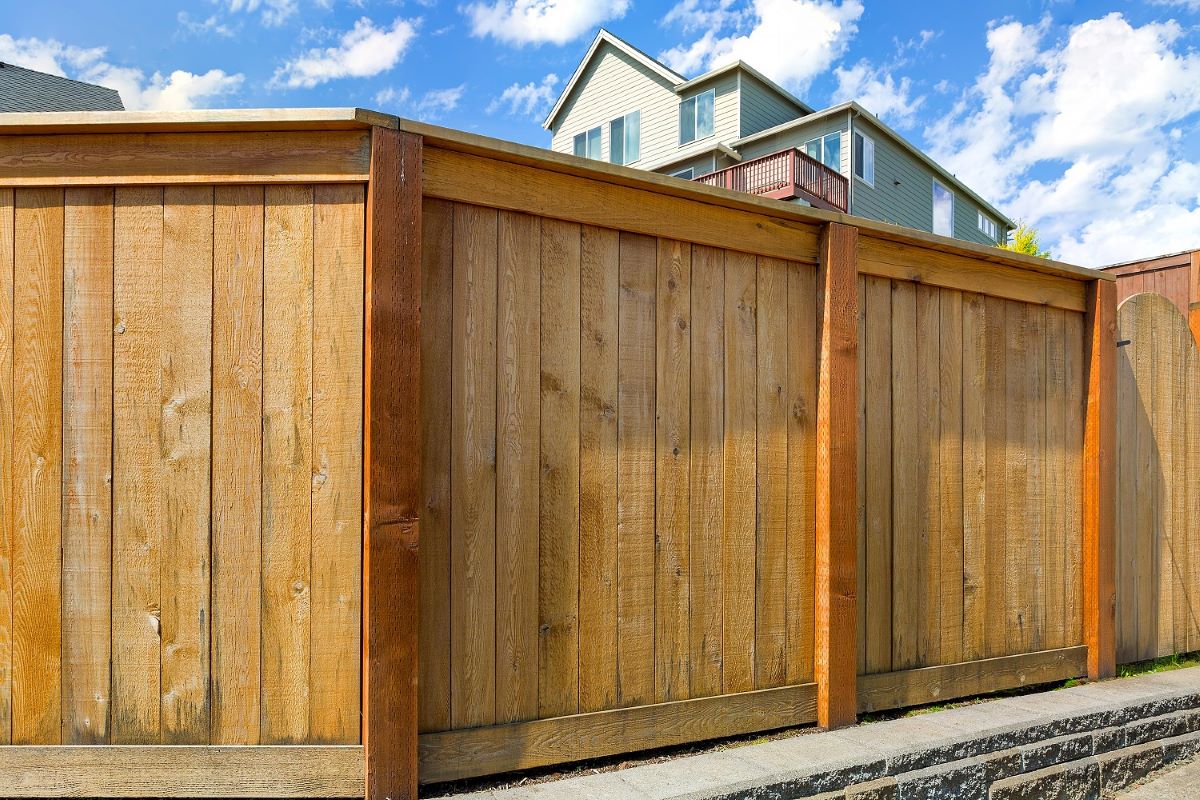

Articles
How Tall Can I Build A Fence
Modified: January 9, 2024
Discover articles on how tall you can build a fence, including important regulations and guidelines. Get expert advice and make informed decisions.
(Many of the links in this article redirect to a specific reviewed product. Your purchase of these products through affiliate links helps to generate commission for Storables.com, at no extra cost. Learn more)
Introduction
Building a fence around your property not only provides privacy and security, but it also adds aesthetic appeal. However, before you start constructing a fence, it’s important to familiarize yourself with the local building codes and regulations that govern fence height restrictions. Knowing these regulations will help you determine how tall you can build your fence and ensure that you remain in compliance with the rules.
Local municipalities and homeowner associations often have specific guidelines in place to regulate fence heights. These regulations vary depending on the zoning of your property, the purpose of the fence, and any potential restrictions imposed by neighboring properties or historical districts. By understanding the limitations and requirements, you can make informed decisions about your fence design while avoiding potential legal issues or conflicts with neighbors.
In this article, we will explore the factors that determine how tall you can build a fence and provide insights into navigating the local building codes and regulations effectively. By the end, you’ll have a clear understanding of what to consider when planning and constructing a fence that meets the height restrictions in your area.
Key Takeaways:
- Understanding local building codes and regulations is crucial for building a fence that complies with height restrictions, ensuring a smooth construction process and legal compliance.
- When seeking approval for taller fences, thorough research, consultation with local authorities, and consideration of neighboring agreements are essential steps to navigate the approval process effectively.
Read more: How Tall Can A Fence Be In California
Local Building Codes and Regulations
Local building codes and regulations govern various aspects of construction, including fences. These codes are put in place to ensure the safety, stability, and uniformity of structures within a community. When it comes to fence height, local regulations play a crucial role in determining the maximum allowable height.
To find the specific building codes and regulations for your area, start by contacting your local building department or zoning department. They will provide you with the necessary information and guidelines you need to adhere to when constructing your fence. It’s important to note that these regulations can vary widely from one locality to another, so it’s vital to research and understand the rules specific to your area.
The building codes and regulations may specify not only the maximum height of a fence but also the materials allowed, setback requirements, and the process for obtaining a permit. By familiarizing yourself with the local regulations, you can ensure that your fence meets the necessary criteria and avoid potential fines or having to redo your work.
It’s worth noting that building codes and regulations can change over time. So, if you’re considering building a fence or modifying an existing one, it’s crucial to check for any updates or amendments to the regulations in your area before proceeding with your project.
Height Restrictions by Zoning
One of the key factors in determining the allowable height of a fence is the zoning regulations set by your local municipality. Zoning regulations divide communities into different zones or districts, each with its own set of rules for land use and development. These regulations help maintain a cohesive and harmonious appearance throughout the neighborhood.
Within each zoning district, there are typically specific provisions for the height of fences. These provisions may differ depending on the purpose of the fence, such as residential, commercial, or agricultural. For example, a residential zone may allow taller fences to provide privacy, while a commercial zone may have lower height restrictions to maintain visibility for businesses.
It’s important to consult the zoning regulations specific to your property to determine the maximum height allowed for a fence. These regulations may be available online or can be obtained from your local zoning department. You may also need to consider any additional restrictions imposed by homeowner associations or historical districts if applicable.
Keep in mind that there may be variations within the same zoning district, especially in areas with mixed-use or transitional zones. Some neighborhoods may have different height restrictions based on the proximity of the fence to the frontage or property lines. Understanding these specifics will help you plan and design your fence accordingly.
Remember, the height restrictions set by zoning regulations are in place to maintain the aesthetic appeal of the neighborhood, avoid obstructing views, and ensure a consistent overall appearance. By adhering to these restrictions, you contribute to the overall harmony of the community while enjoying the benefits of a well-constructed and properly regulated fence.
Setback Requirements
In addition to height restrictions, setback requirements are another crucial consideration when it comes to building a fence. Setbacks refer to the distance between the fence and the property lines or other structures on the property.
Setback requirements vary by location and are typically specified in the local building codes or zoning regulations. These requirements serve several purposes, such as preserving open space, ensuring proper access for utility maintenance or emergency vehicles, and preventing potential conflicts with neighboring properties.
When planning the location of your fence, it’s important to understand the setback requirements specific to your area. Failure to comply with these requirements can result in fines, forced removal of the fence, or legal disputes with your neighbors.
The setback requirements may vary based on the type of zone or district your property is located in. Residential areas may require larger setbacks compared to commercial or industrial zones. There may also be specific setback requirements for fences adjacent to roads, sidewalks, or alleys.
Consult your local building department or zoning office for the exact setback requirements in your area. They can provide you with information on how far the fence needs to be set back from the property lines or any other structures. It’s essential to take these setbacks into account when planning your fence design to ensure full compliance and avoid any potential setbacks (pun intended) in your construction process.
Restrictions on Materials
When building a fence, it’s not just the height and location that you need to consider, but also the materials used in its construction. Local building codes and regulations often place restrictions on the types of materials that can be used for fences.
These restrictions are put in place to maintain the aesthetic appeal of the neighborhood, ensure durability and safety, and prevent the use of materials that may be considered unsightly or potentially hazardous.
Common examples of materials restrictions include limitations on the use of barbed wire, electric fencing, or chain-link fences in residential areas. Some zoning regulations may require specific materials, such as wood, to maintain a uniform appearance in historic districts or upscale neighborhoods.
It’s important to review the regulations specific to your area to determine if there are any limitations or requirements on the materials you can use for your fence. Violating these restrictions can result in fines or the need to modify or remove your fence.
Additionally, when selecting materials for your fence, you should also consider factors such as durability, maintenance requirements, and compatibility with your property’s architectural style. By choosing suitable materials that comply with the regulations, you can ensure the longevity and attractiveness of your fence while adhering to the local guidelines.
Before purchasing materials or starting the construction process, consult with your local building department or zoning office to confirm the specific materials restrictions in your area. They can provide you with the necessary information to make an informed decision and ensure that your fence meets all regulatory requirements.
Check with your local building codes and regulations to determine the maximum allowable height for a fence on your property. This can vary depending on your location and the type of zoning in your area.
Read more: How Close To Road Can I Build A Fence
Potential Obstacles and Considerations
When building a fence, there are several potential obstacles and considerations to keep in mind. These factors may influence the height restrictions and design options for your fence.
1. Neighbor Agreements: Before constructing a fence, it’s a good idea to have a conversation with your neighbors. Ensure that they are aware of your plans and discuss any concerns or potential conflicts that may arise. In some cases, you may need to reach an agreement with your neighbors regarding the height and style of the fence, especially if it will directly border their property.
2. Easements and Right-of-Way: Your property may have easements or right-of-way designated for utility access. These areas must remain accessible, so your fence may need to accommodate an opening or have a restricted height in these locations.
3. Sloping or Uneven Terrain: If your property has sloping or uneven terrain, it may impact the height and design of your fence. Consider how the fence will adapt to the terrain to ensure stability and functionality.
4. Visual Impact: A taller fence may impact the visibility of your property from the street or neighboring properties. It’s important to consider the visual impact and the potential effect it may have on the overall aesthetics of your property and the surrounding area.
5. Wind and Weather Conditions: If you live in an area prone to strong winds or extreme weather conditions, it’s important to consider the structural integrity of your fence design. Taller fences may require additional reinforcement to withstand these conditions.
6. Building Permits: In some areas, a building permit may be required for fence construction. It’s essential to check with your local building department to determine if a permit is necessary for your project and to familiarize yourself with the application process and any associated fees.
By taking these potential obstacles and considerations into account, you can ensure that your fence is not only compliant with the height restrictions and regulations but also functional, visually appealing, and compatible with your property and the surrounding environment.
Common Fence Height Limits
Fence height limits can vary significantly depending on your location and the specific zoning regulations in place. While it’s essential to consult the regulations specific to your area, here are some common fence height limits that you may encounter:
- Residential Areas: In many residential areas, the typical fence height limit is between 6 to 8 feet. This height provides privacy for homeowners without obstructing views or creating a barrier effect.
- Front Yard Fences: In some areas, there may be different height restrictions for front yard fences compared to those in the backyard. Typically, front yard fences have lower height limits, often ranging from 3 to 4 feet. This limitation is designed to maintain visibility and an open feeling in front of the property.
- Corner Lots: If your property is located on a corner lot, special considerations may apply. This is often to ensure that visibility is not obstructed for drivers at intersections. In such cases, there may be restrictions on the height and location of the fence near the corner of the property.
- Commercial and Industrial Zones: Height restrictions in commercial and industrial areas tend to be lower compared to residential areas. This is to maintain visibility for businesses, allow for proper signage, and create an inviting and accessible atmosphere.
- Historic Districts: If your property falls within a designated historic district, there may be additional restrictions on fence height and design to preserve the architectural integrity of the area. These restrictions are put in place to maintain the historic charm and character of the neighborhood.
Remember, these are general guidelines, and it’s crucial to consult the specific regulations for your area. Additionally, local variations may exist, so it’s always best to confirm the height limits with your local building department or zoning office.
By understanding the common fence height limits in your area, you can plan and design a fence that complies with the regulations while meeting your privacy, security, and aesthetic needs.
Variations in Fence Height Limits
While there are common fence height limits, it’s important to note that there can be variations in these limits based on different factors. These variations may be influenced by factors such as property location, purpose of the fence, local regulations, and neighboring properties. Here are some potential variations you may encounter:
1. Exceptional Circumstances: In certain cases, you may be granted an exception to the standard fence height limits. This could occur when you have unique circumstances that require additional privacy, security, or noise reduction. However, obtaining exceptions typically involves going through a special application process and demonstrating a justifiable need.
2. Height Limit Extensions: Some localities may allow you to increase the standard fence height limit under specific conditions. For example, if you have a property that backs onto a busy road, you may be permitted to have a taller fence for noise reduction purposes. These extensions are typically granted on a case-by-case basis and require approval from the appropriate authorities.
3. Neighboring Property Agreements: In certain situations, neighboring property owners may agree to adjust the height restrictions between their properties. This can occur when both parties are seeking increased privacy or other shared benefits. These agreements need to be formalized in writing and should be in compliance with local regulations.
4. Community Associations: If you live in a neighborhood with a community association, they may have their own set of guidelines and restrictions regarding fence height. These guidelines may be more restrictive or lenient compared to the local regulations. It’s important to be aware of any additional requirements imposed by your community association before constructing your fence.
5. Property Borders: The placement of your fence in relation to the property lines may also affect the permissible height. Some areas may have stricter height limits for fences that are closer to the property lines, while others may have more flexibility. Ensure that you accurately locate your property lines before determining the fence height.
It’s crucial to research and understand the specific variations in fence height limits that may apply to your property. Consult with your local building department, zoning office, or community association to obtain information on any exceptions, extensions, or specific guidelines that may exist in your area. By doing so, you can ensure that your fence meets the necessary criteria while accommodating any unique circumstances or agreements.
Seeking Approval for Taller Fences
If you wish to build a fence that exceeds the standard height limits set by local regulations, you may need to seek approval from the appropriate authorities. Here are some steps to follow when seeking permission for taller fences:
1. Research the Requirements: Begin by thoroughly researching the height restrictions and regulations for fences in your area. Understand the limitations and any exceptions or variations that may be allowed. This will help you determine if your fence proposal falls within the scope of what is permissible and if you need approval for your desired height.
2. Consult Local Authorities: Reach out to your local building department or zoning office to discuss your intentions to build a taller fence. Provide them with details of your property and the reasons why you believe a taller fence is necessary. They will guide you through the process and inform you of the specific requirements for seeking approval.
3. Prepare a Proposal: Prepare a proposal that outlines the rationale behind your request for a taller fence. Include any supporting evidence, such as photographs, diagrams, or documents, which demonstrate why a taller fence would be beneficial. Address any concerns about privacy, security, noise reduction, or other relevant factors in your proposal.
4. Notification to Neighbors: Depending on local regulations, you may be required to inform your adjacent neighbors of your intentions to build a taller fence. Provide them with a copy of your proposal and allow them the opportunity to voice any concerns or offer their consent. In some cases, their agreement may be necessary for the approval process to move forward.
5. Attend Meetings or Public Hearings: In certain situations, you may be asked to attend meetings or public hearings to present your case for a taller fence to local authorities or homeowner associations. Be prepared to answer questions, address concerns, and provide additional supporting information during these proceedings.
6. Obtain Written Approval: If your proposal for a taller fence is approved, ensure that you obtain written approval and any required permits from the appropriate authorities. This documentation will serve as proof of compliance with the regulations and prevent any potential legal issues or disputes in the future.
It’s important to note that seeking approval for a taller fence may involve additional time, effort, and potentially some costs. However, by following the proper channels and demonstrating a legitimate need, you may be able to obtain permission to build a fence that exceeds the standard height limits.
Always consult with the relevant local authorities and adhere to their guidelines throughout the approval process. This will ensure that your fence is constructed legally, in compliance with the regulations, and without causing any unnecessary conflicts with neighbors or other stakeholders.
Read more: How Tall Should A Deer Fence Be
Conclusion
Building a fence requires careful consideration of local building codes and regulations, including height restrictions. By familiarizing yourself with these regulations and following the proper protocols, you can ensure that your fence construction project proceeds smoothly and complies with all necessary guidelines.
Local building codes and regulations outline the specific requirements for fence height, materials, setback, and even design in your area. These regulations exist to maintain aesthetic standards, preserve the character of the community, and address safety concerns.
It is crucial to research and understand the height restrictions specific to your property’s zoning district. In residential areas, typical fence height limits range from 6 to 8 feet, while in front yards, lower limits of 3 to 4 feet are often enforced. Regulations may also vary in corner lots, commercial areas, and historic districts.
When planning your fence, consider potential obstacles such as neighboring agreements, easements, terrain, and weather conditions. Additionally, be mindful of materials restrictions and any necessary permits or approvals required for taller fences.
If you desire a fence that exceeds the standard height limits, you may seek approval from the appropriate local authorities. This process typically involves submitting a proposal, attending meetings, and gaining consent from adjacent neighbors if required.
In conclusion, understanding and adhering to local building codes and regulations regarding fence height is essential to ensure a well-constructed fence that complies with the guidelines. By doing so, you can enjoy the benefits of privacy, security, and aesthetic appeal while avoiding any legal issues or conflicts with neighbors.
Remember to consult with your local building department or zoning office to obtain accurate and up-to-date information regarding fence height restrictions and seek their guidance throughout the planning and construction process.
Frequently Asked Questions about How Tall Can I Build A Fence
Was this page helpful?
At Storables.com, we guarantee accurate and reliable information. Our content, validated by Expert Board Contributors, is crafted following stringent Editorial Policies. We're committed to providing you with well-researched, expert-backed insights for all your informational needs.

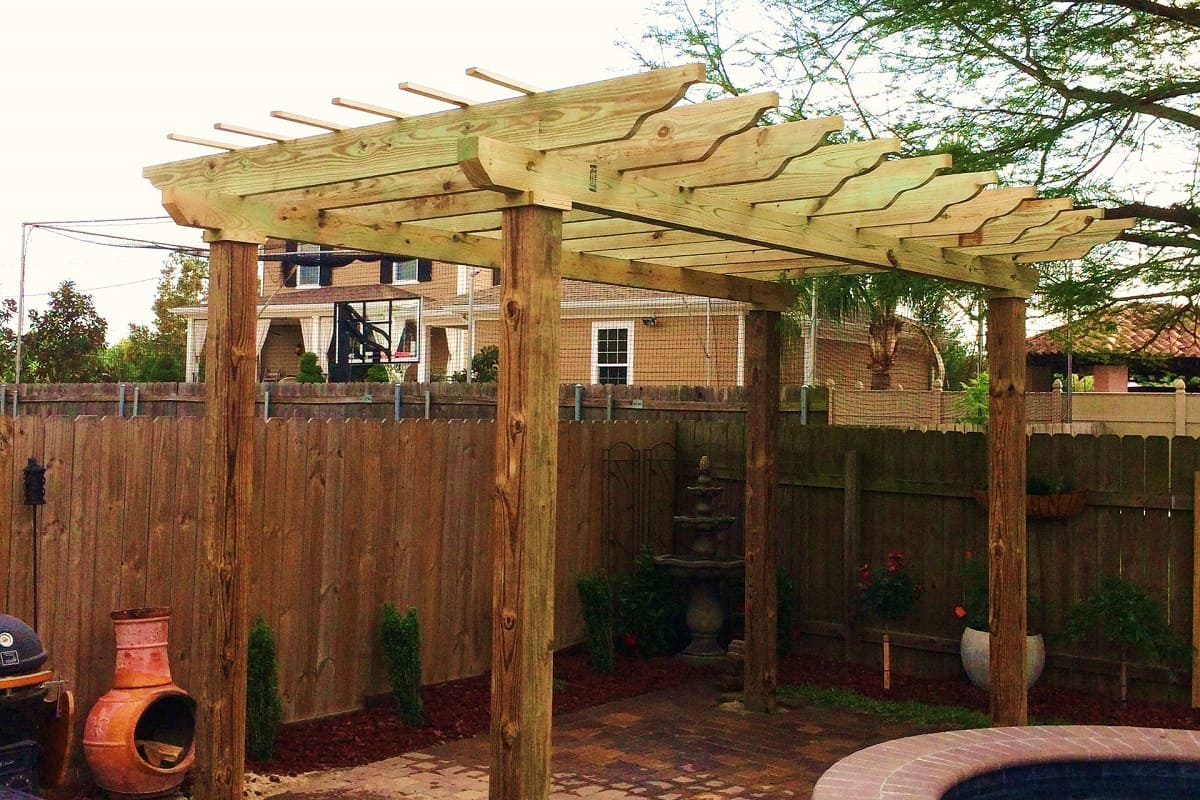
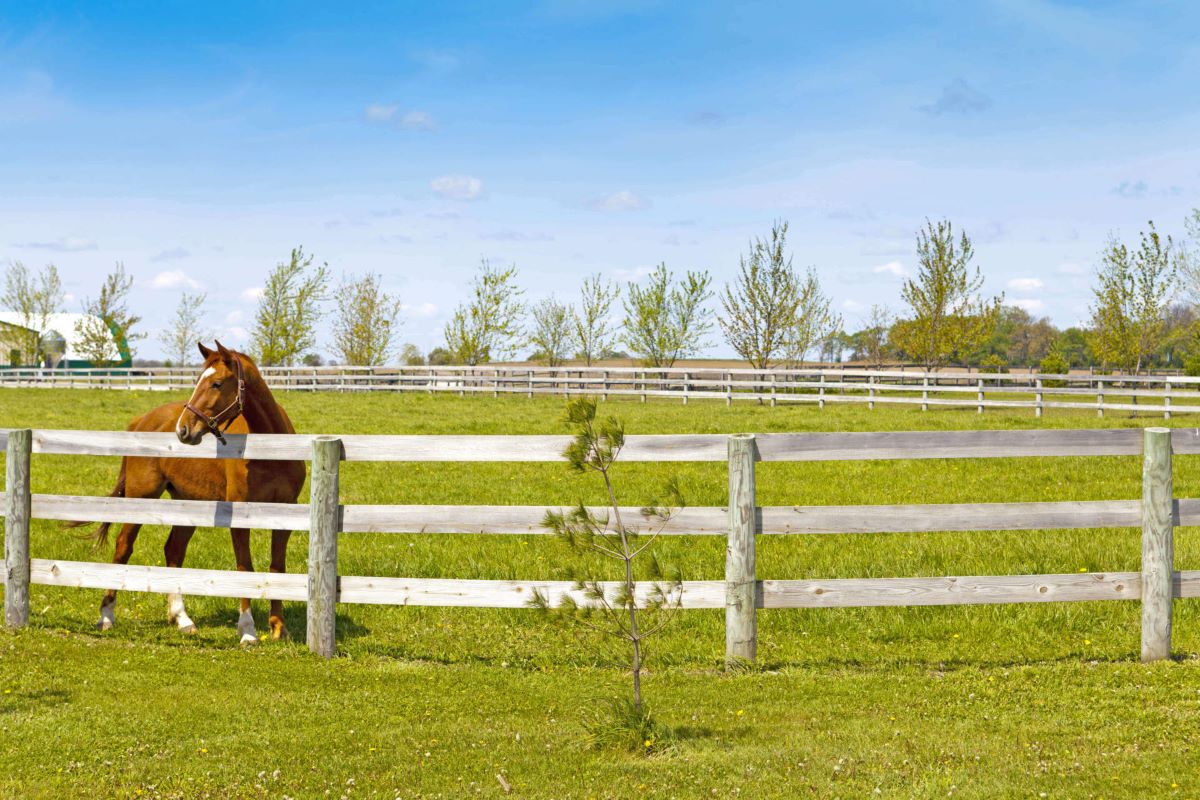
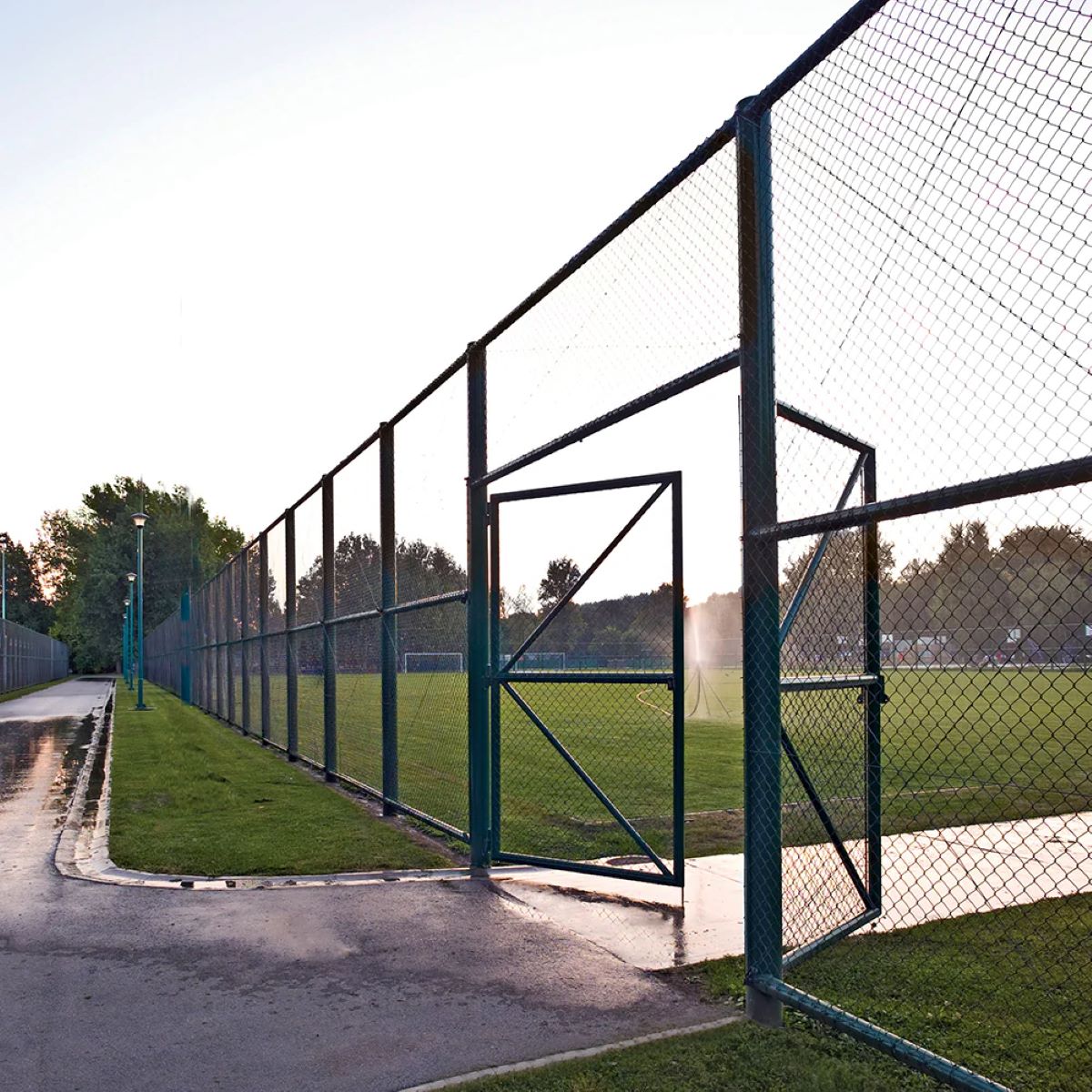
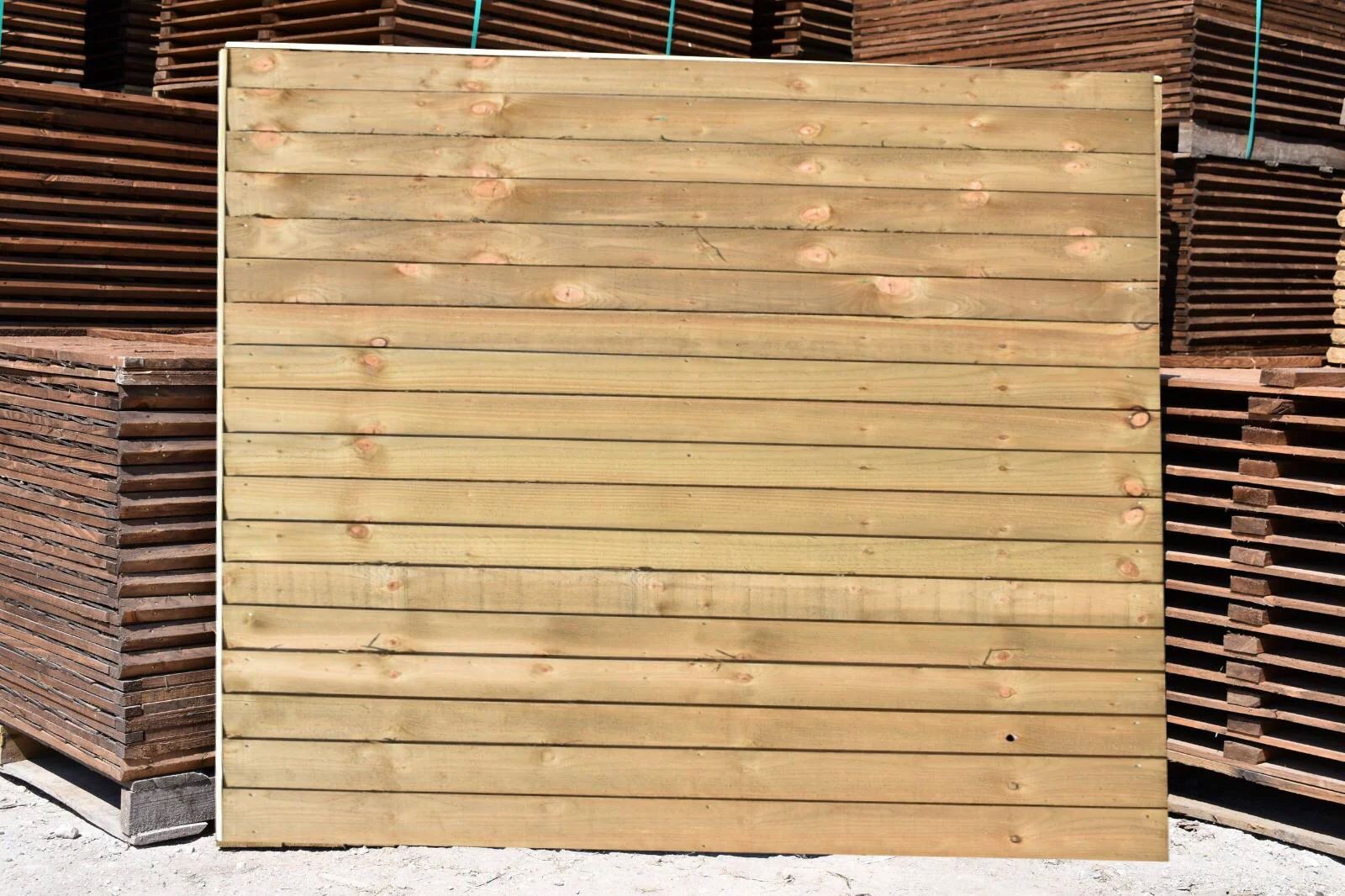

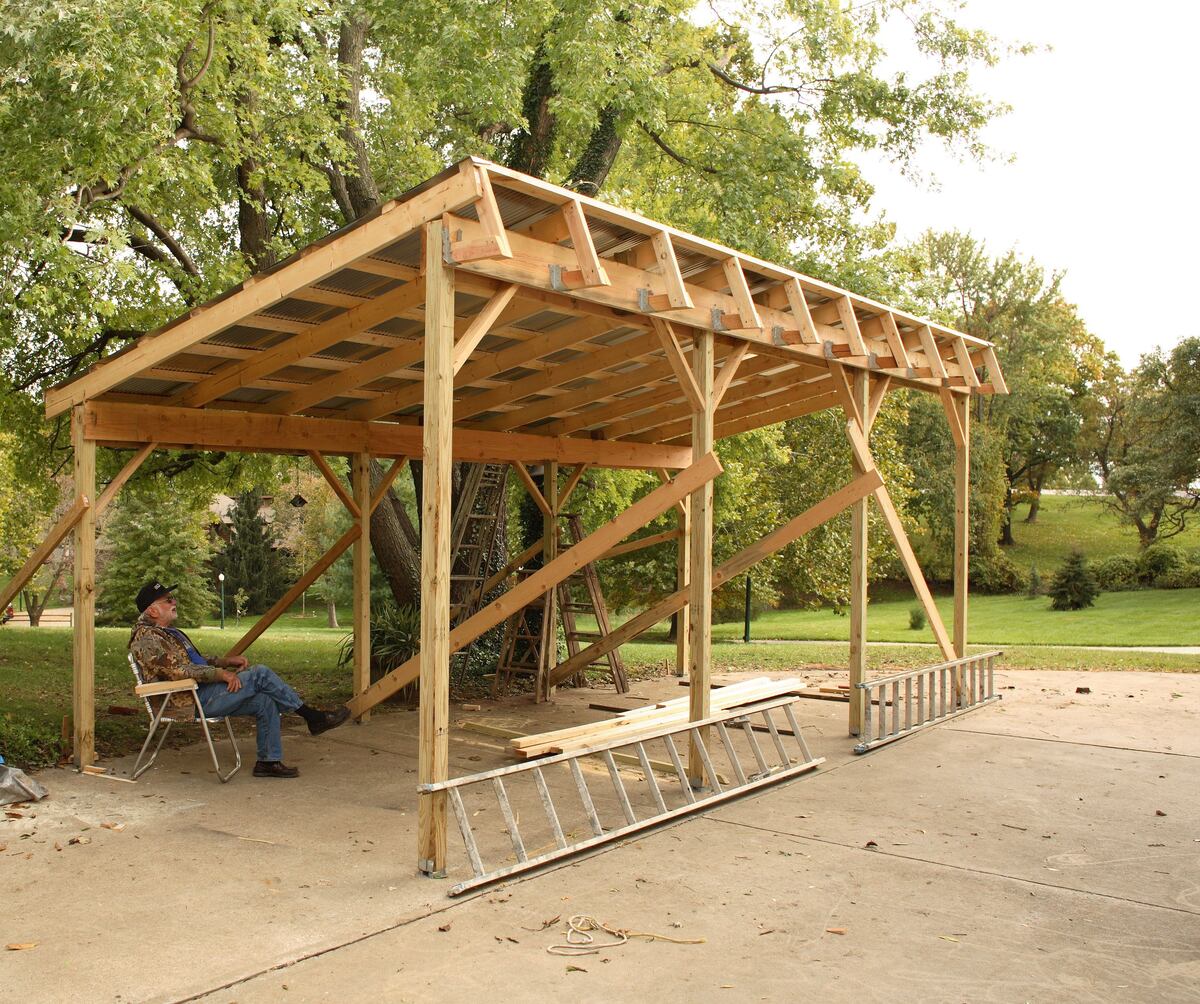
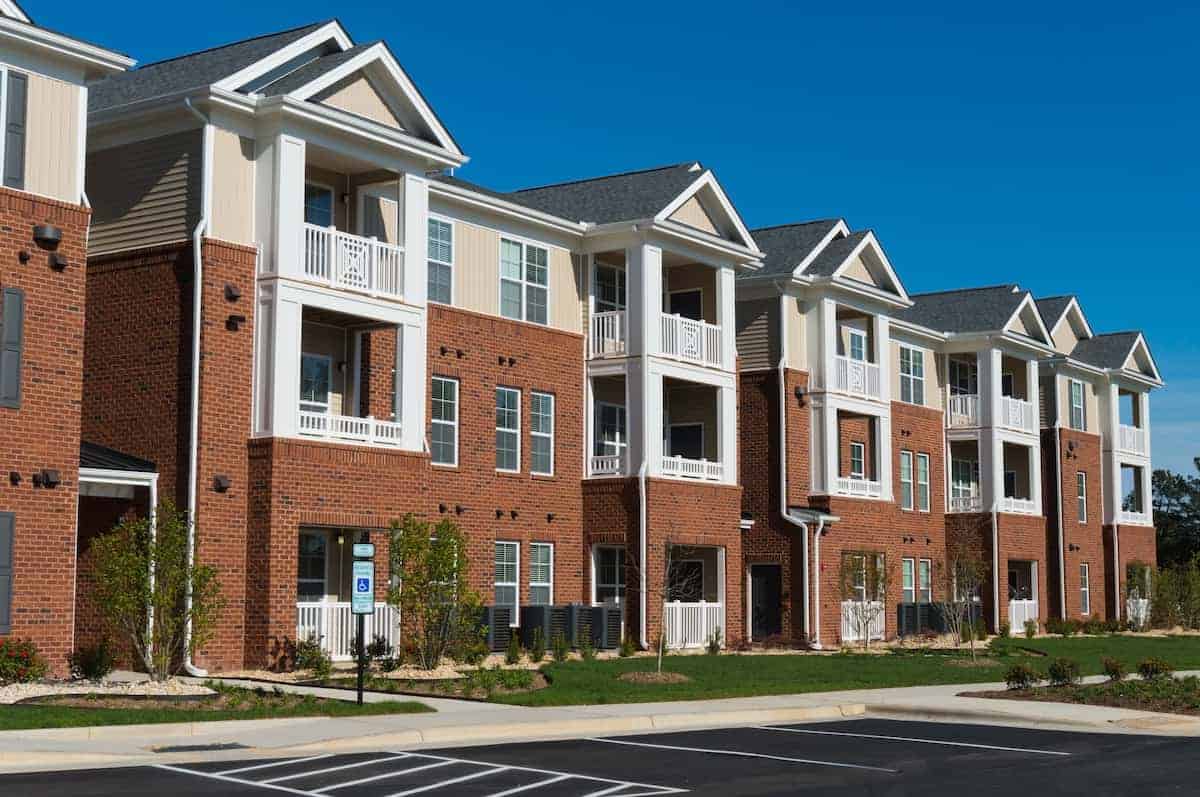

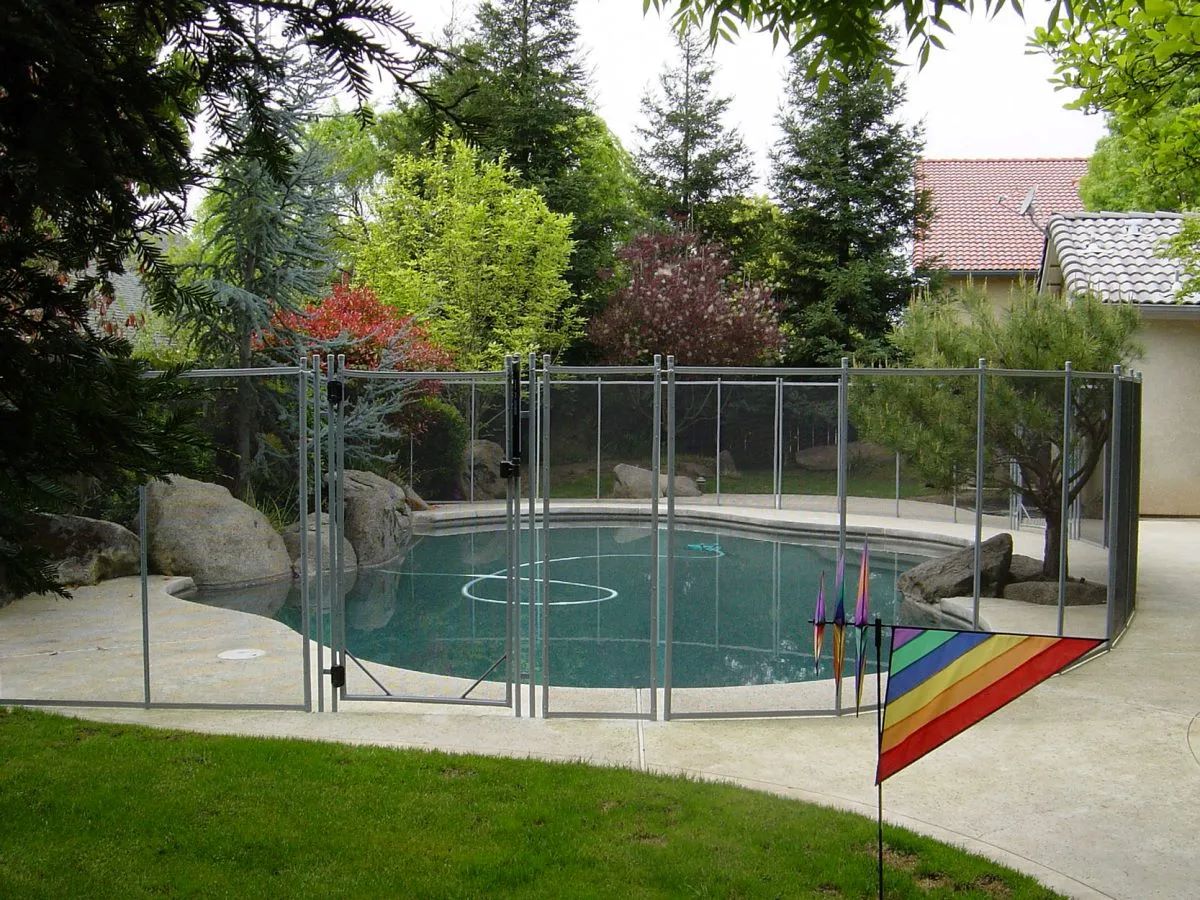
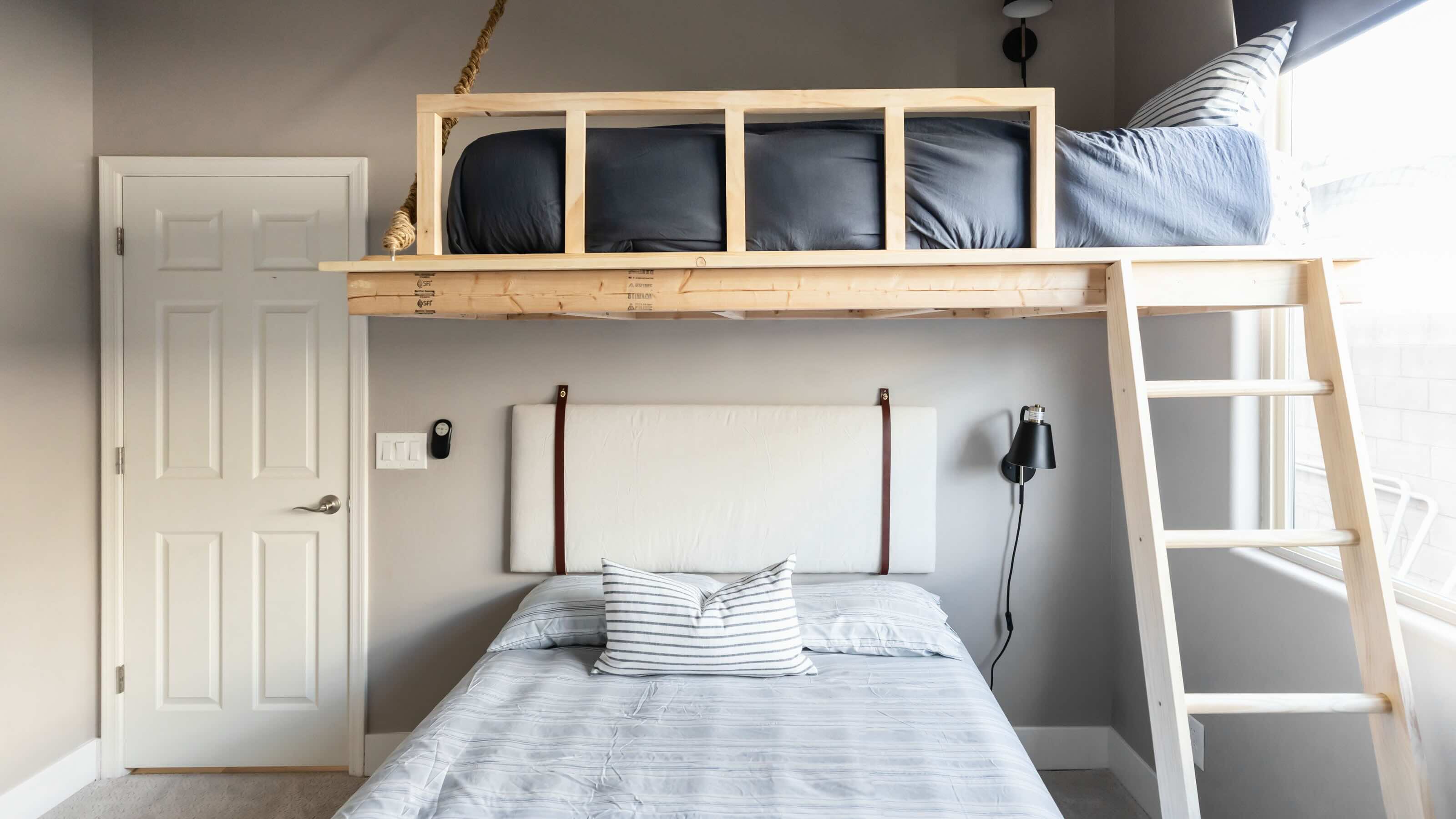



0 thoughts on “How Tall Can I Build A Fence”